A new paper in PLOS Biology reveals YbbAP-TesA as a novel Type VII system in E. coli.
dx.plos.org/10.1371/jour...

A new paper in PLOS Biology reveals YbbAP-TesA as a novel Type VII system in E. coli.
dx.plos.org/10.1371/jour...
Fantastic collaboration with @raffaeleieva.bsky.social l and t @pstansfeld.bsky.social
Congrats to all authors, especially Haoxiang, Axel & Violette
🔗 doi.org/10.1038/s414...

Fantastic collaboration with @raffaeleieva.bsky.social l and t @pstansfeld.bsky.social
Congrats to all authors, especially Haoxiang, Axel & Violette
🔗 doi.org/10.1038/s414...
See the original preprint-thread for a summary of our findings.
www.nature.com/articles/s41...
#microsky
See the original preprint-thread for a summary of our findings.
www.nature.com/articles/s41...
#microsky
Created for protein–lipid interactions in integral membrane proteins, it also works for peripheral and lipid-anchored proteins too.
pubs.acs.org/doi/full/10....
github.com/keb721/ccd2md

Created for protein–lipid interactions in integral membrane proteins, it also works for peripheral and lipid-anchored proteins too.
pubs.acs.org/doi/full/10....
github.com/keb721/ccd2md
@microverse.bsky.social @lifeprofile.bsky.social
rdcu.be/ePm4C
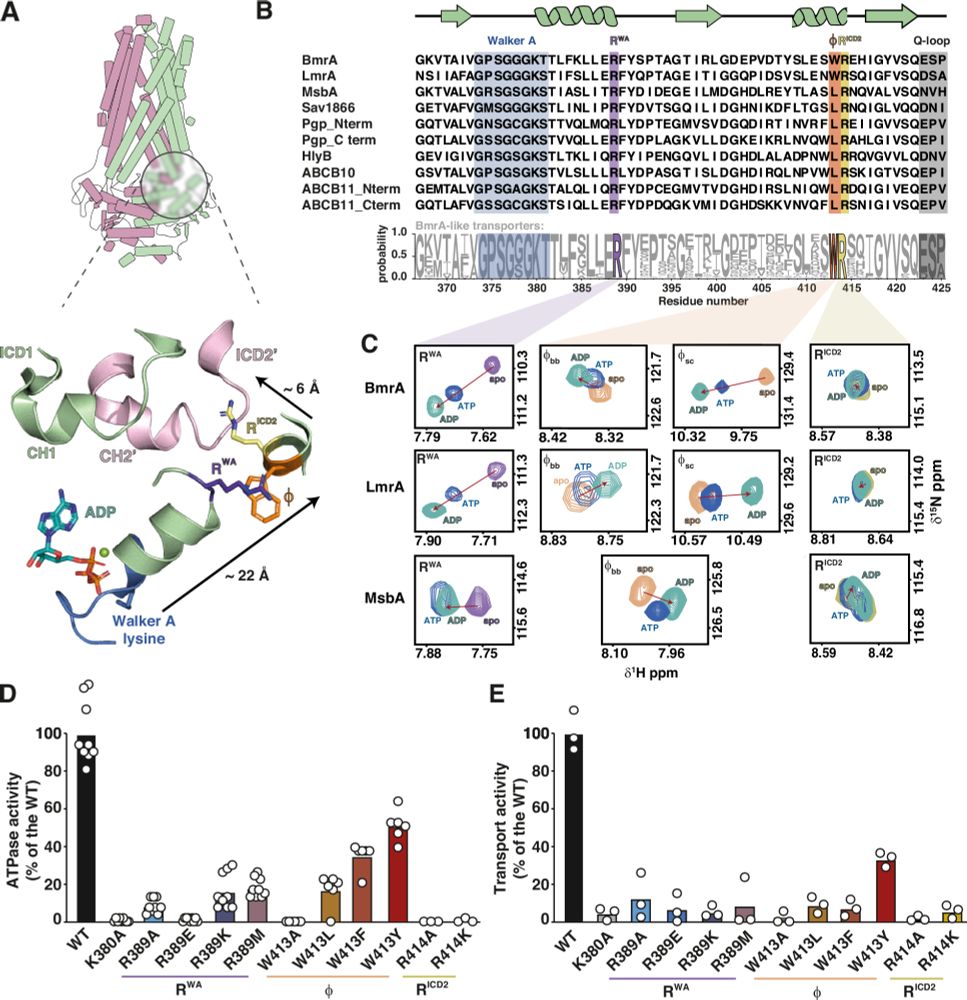
@microverse.bsky.social @lifeprofile.bsky.social
rdcu.be/ePm4C
🔗 www.cell.com/structure/fu...
We explored how sulfate-reducing bacteria import isethionate, a sulfur-containing molecule found in the environment and produced by microbes in the human gut. We captured a structure of the IseQM TRAP transporter in a substrate-bound state.

🔗 www.cell.com/structure/fu...
We explored how sulfate-reducing bacteria import isethionate, a sulfur-containing molecule found in the environment and produced by microbes in the human gut. We captured a structure of the IseQM TRAP transporter in a substrate-bound state.
iapetus.ac.uk/studentships...

For more details and to apply please see
www.imperial.ac.uk/jobs/search-...

For more details and to apply please see
www.imperial.ac.uk/jobs/search-...
7–9 April 2026
Birmingham, UK | Leonardo Royal Hotel
- Abstracts welcome for talks & posters
- Bursaries available!
- Register & submit here:
www.eventsforce.net/biochemsoc/f...
#MembraneProteins #CallForAbstracts @biochemsoc.bsky.social

7–9 April 2026
Birmingham, UK | Leonardo Royal Hotel
- Abstracts welcome for talks & posters
- Bursaries available!
- Register & submit here:
www.eventsforce.net/biochemsoc/f...
#MembraneProteins #CallForAbstracts @biochemsoc.bsky.social


www.biorxiv.org/content/10.1...

www.biorxiv.org/content/10.1...
rdcu.be/eAr8v

rdcu.be/eAr8v
A collaboration of @cmd.ox.ac.uk, STRUBI, @diamondlightsource.bsky.social, @rosfrankinst.bsky.social
Out now in Nature Chemical Biology @natchembio.nature.com
www.nature.com/articles/s41...

A collaboration of @cmd.ox.ac.uk, STRUBI, @diamondlightsource.bsky.social, @rosfrankinst.bsky.social
Out now in Nature Chemical Biology @natchembio.nature.com
www.nature.com/articles/s41...
www.nature.com/articles/s41...
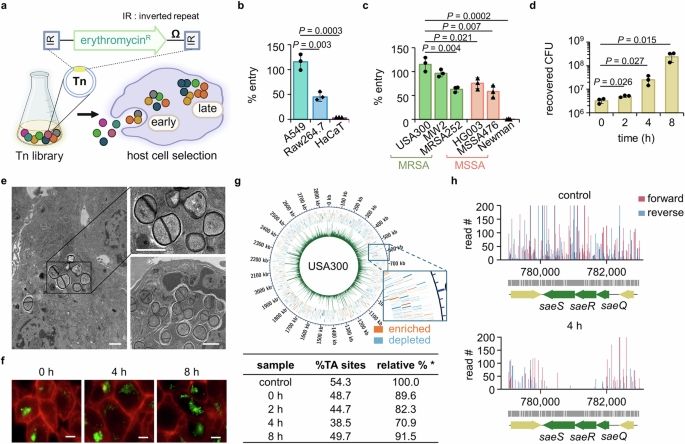
www.nature.com/articles/s41...
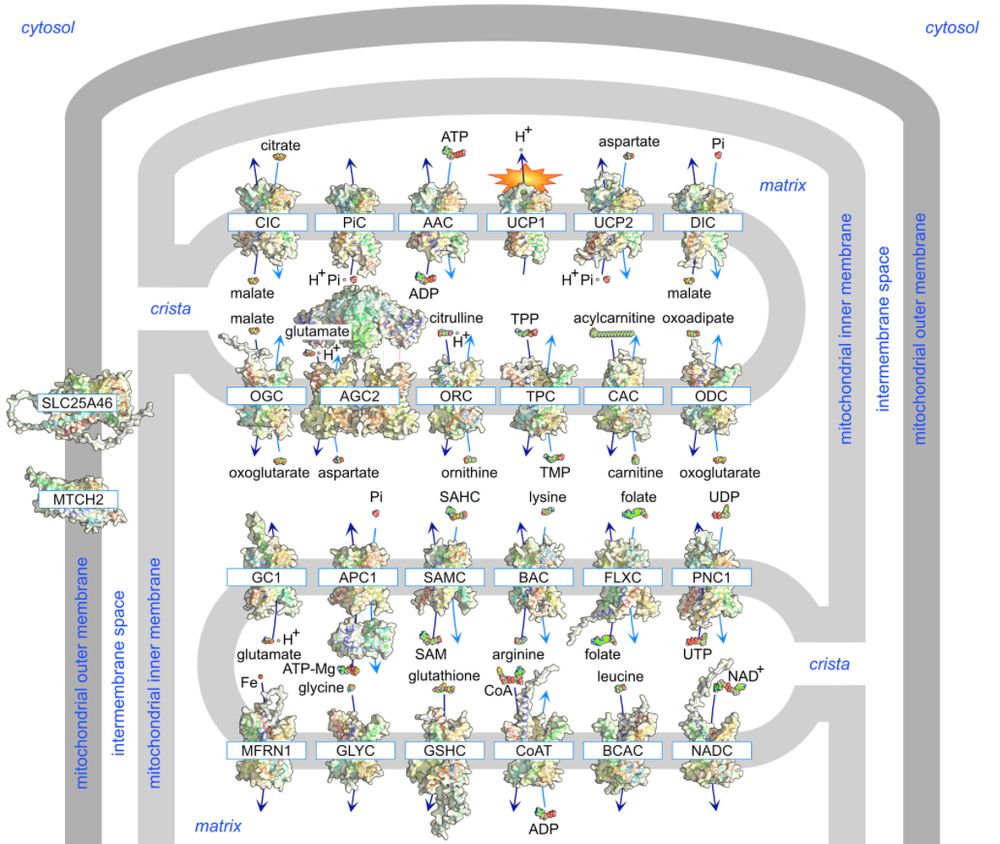
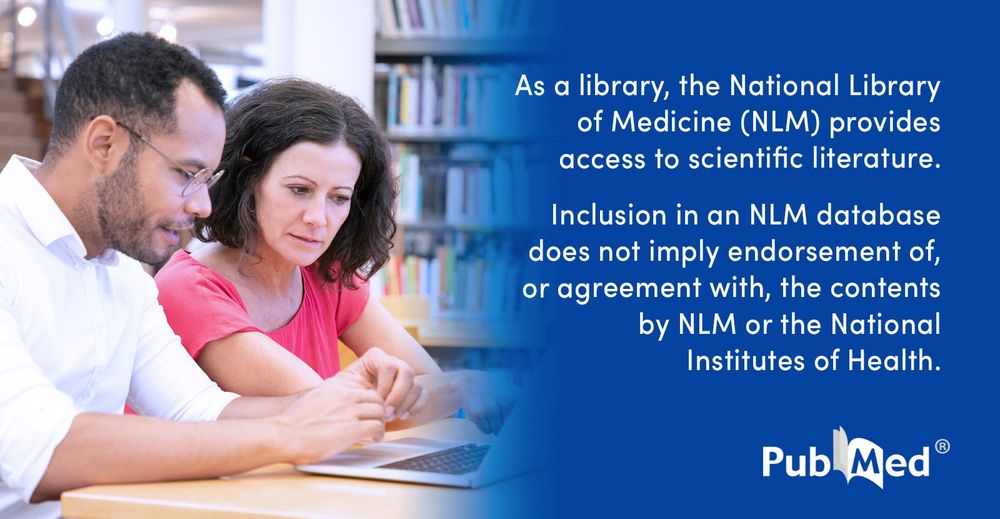
www.biorxiv.org/content/10.1...
www.biorxiv.org/content/10.1...
Happy to chat about any questions about the role and science. Oxford will assist with a skilled worker visa.
Please RT!
my.corehr.com/pls/uoxrecru...
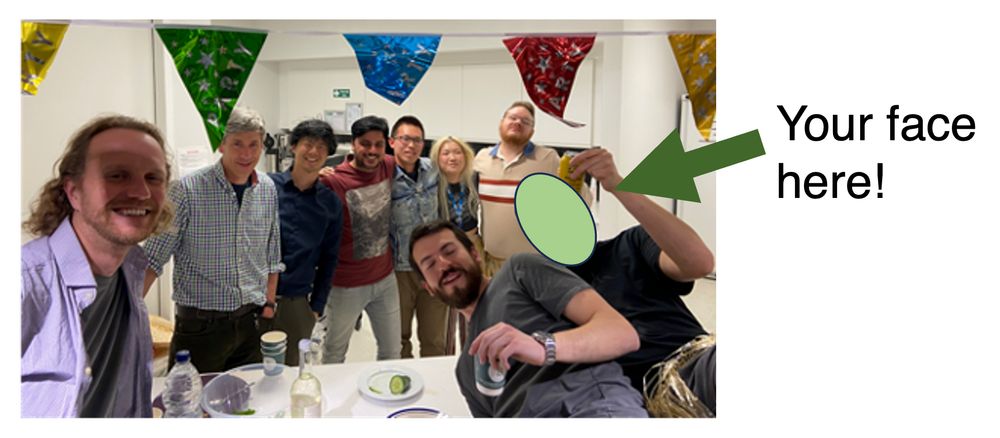
Happy to chat about any questions about the role and science. Oxford will assist with a skilled worker visa.
Please RT!
my.corehr.com/pls/uoxrecru...
www.nature.com/articles/s41...
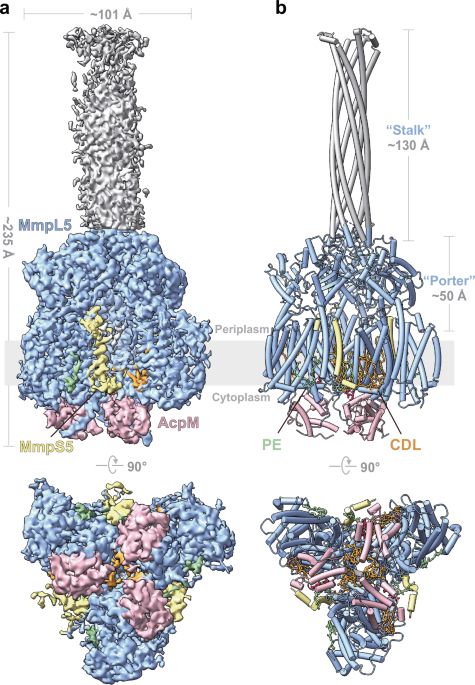
www.nature.com/articles/s41...
In this new paper with colleagues @Bicycle_tx we show a new way to hit old targets: rdcu.be/eoaRI
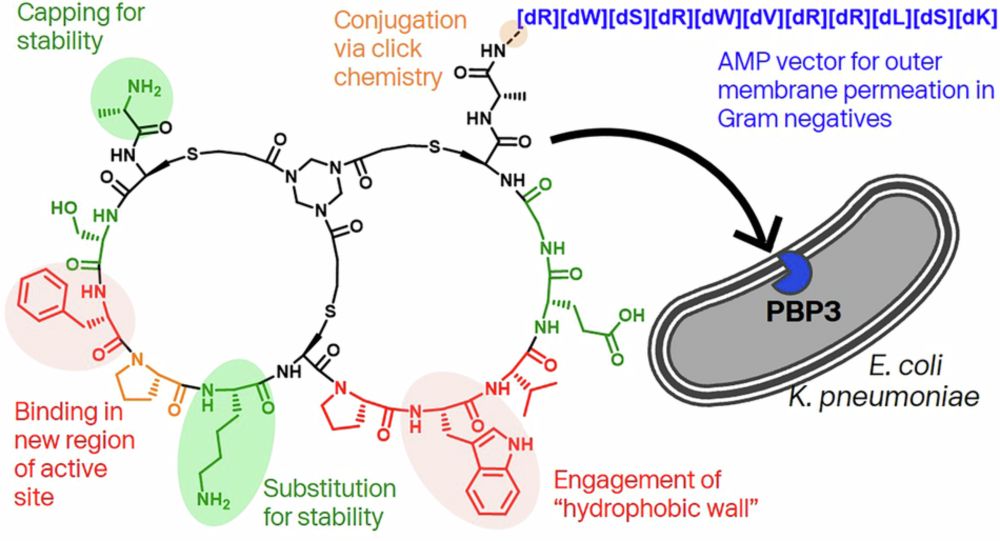
In this new paper with colleagues @Bicycle_tx we show a new way to hit old targets: rdcu.be/eoaRI
A very satisfying application of #alphafold3
www.linkedin.com/posts/nation...
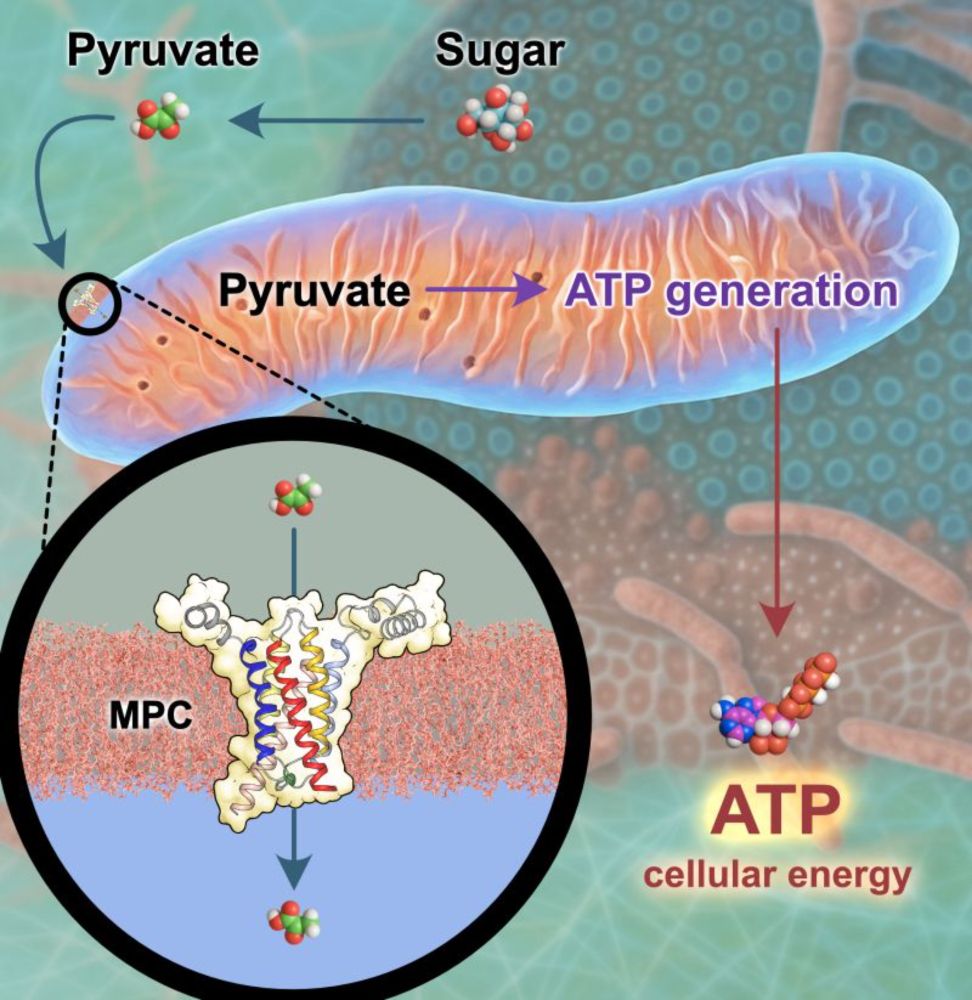
A very satisfying application of #alphafold3
www.linkedin.com/posts/nation...

